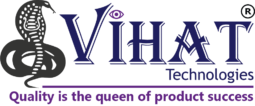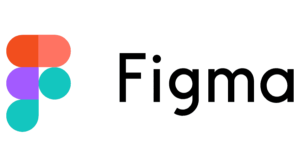About Client:
Leading Online Book Store Application, an emerging eCommerce company.
What Online Book Store Application had covered in the application testing processes when they initially contacted us and what they have achieved after they started using our software testing services.
QA Team: 1 Manual, 1 Automation, and 1 Security Testing Engineer
Domain: eCommerce
Project Length: Long-Term

BEFORE IMPROVEMENT:
- An application was unstable, undocumented, and defective with lots of critical and major bugs.
- Many of the feature stories were incomplete and with missing and ambiguous acceptance criteria.
- There was a lack of test documentation.
- Test cases didn’t cover the major application areas.
- QA team members didn’t possess the necessary automation skills.
- Test efforts lacked a structure for automation.
- There were no automated tests.
- QA engineers were not involved in planning or scoping and testing was often an afterthought.
- Lack of testing knowledge and poor test patterns led to an unstable testing culture.
- Testing was isolated to individual QA members.
- Testers documented and scripted tests in their own separate repository.
- Bug reports were incomplete and missing steps.
- Insufficient security testing.
- Inconsistent and long release cycles.
- Limited test environments and infrastructure.
- Understanding of agile and DevOps varied.
- Continuous integration was a struggle.
- Limited experience in agile ceremonies.
AFTER IMPROVEMENT:
- The application became stable and robust.
- Worked with the Product Owner and clients and created and updated user stories precisely with clear acceptance criteria.
- Created precise testing strategy, test plan, test cases, checklists, and confluence pages.
- A great number of positive, negative, edge cases, and complicated test cases had been added to cover all major areas.
- An automated test framework and test suite were developed from scratch.
- Validated application user interface against Figma designs.
- Rapidly iterated testing as the application was updated.
- Involved QA engineers in the planning or scoping phase and performed the testing on each stage.
- Filled the knowledge gaps and improved the test patterns.
- Trained and taught everyone within the entire team to take ownership and responsibility for their respective testing activities.
- Setup Jira and Xray and migrated and updated all the legacy test cases to the central repository.
- Collaborated closely with the developers and product owner and provided detailed testing reports along with priority, severity, reproduction steps, screenshots, screen recordings, error logs, and environment details.
- Bug reports were standardized and improved with all required information and attachments.
- Performed security and penetration testing thoroughly.
- All the critical and major bugs were found and fixed at the feature development stage and planned the short release cycles with release notes.
- Suggested team to create dedicated QA, UAT, and staging environments for thorough and organized testing activities.
- Helped troubleshoot issues with the application through reproduction and provided improvement suggestions.
- Conducted responsive testing for multiple common screen resolutions.
- Supported the testing on all the widely used browsers and mobile devices.
- Educated on agile and DevOps practices and culture.
- Plugged the automation test suite into the CI server for continuous integration benefits.
- Communicated and shared knowledge and experience with different cross-team members.
- Created a bi-trackability document to log the testing phases and bugs against the requirements.
- Maintained the software testing artifacts.
- Trained and participated in standups, bug triage, sprint planning, sprint estimation, retrospective, backlog grooming, and release planning meetings.
0
+Bugs Reported
0
%Application Coverage With Test Cases
0
%Test Cases Automated
0
+Vulnerabilities Tickets Reported


























